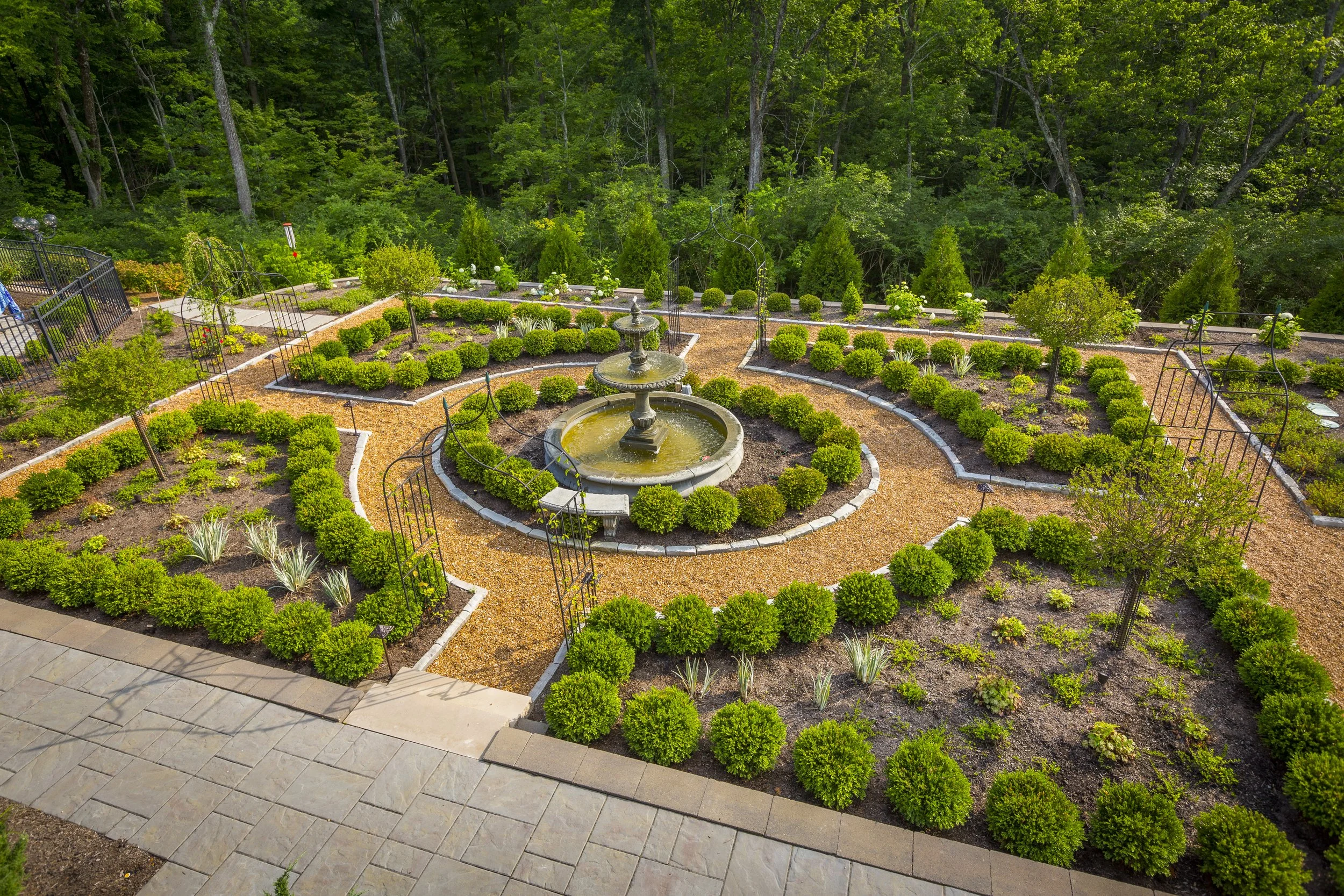Are you wondering about the best perennial favorites for your garden? Not sure which ones you can plant in the fall for a spectacular spring show?
What to Plant in the Fall: Your Complete Cincinnati Landscaping Guide
How to Prepare Soil for Garden Success: Fall Foundation Work in Cincinnati
For Cincinnati homeowners thinking about next year's stunning landscape, the trick is knowing the magic begins long before spring's first warm day. Understanding how to prepare soil for garden excellence starts with recognizing that autumn work creates the foundation for your most beautiful growing season yet.
The Definitive Guide to the Different Types of Mulch: Which is Best for Your Landscape?
The Best Time to Water Plants? Get Our Pro Tips
We all want a vibrant, thriving landscape with lush green grass, bountiful blooms and strong, healthy trees and shrubs. While good soil, the right fertilization and adequate sunlight play crucial roles, one of the most fundamental yet often misunderstood aspects of plant care is watering. So what’s the best time to water plants? And how much should you water?
Top 12 Tips: Professional Garden Landscape Ideas
Best Bushes for Landscaping In Cincinnati
When it comes to landscaping in Cincinnati, choosing the right plants is crucial for creating a vibrant and sustainable outdoor space. The climate in Cincinnati, characterized by its hot, humid summers and cold winters, requires plants that are resilient and adaptable. Bushes are an excellent choice for landscaping due to their versatility, low maintenance and ability to enhance privacy.
Transform Your Cincinnati Garden With These Shrubs
Shrubs are beautiful, lively additions to any garden or yard. They come in all shapes, sizes and colors, and can add gorgeous florals or vibrant greenery to your space. With so many choices, it can be difficult to know what works best in Cincinnati, as well as what works best for you and your maintenance routine. To help you decide, we’ve put together a list of some of our favorite proven shrubs.
Fancy a New Landscape? Designing an English Garden
Designing an English garden in Cincinnati can be a beautiful and fulfilling project. English gardens are known for their picturesque landscapes, charming cottages and classic beauty. To create your own English garden, there are a few key aspects to keep in mind.
Front Foundation Landscaping
Make the ultimate first impression with beautiful front foundation landscaping. Boost your curb appeal with gorgeous landscape design from Seiler’s Landscaping. We offer designs to fit your home’s style and only recommend plants and trees that are proven to grow and thrive in our Cincinnati climate. In this video you’ll see our front foundation landscaping examples and inspiration. Contact us to get started on your front yard makeover today.











